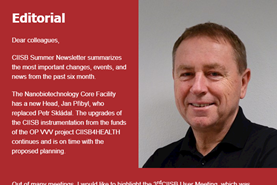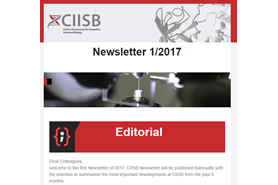1 Feb 2021
Structure, self-assembly, and properties of a truncated reflectin variant (PNAS)
Naturally occurring and recombinant protein-based materials are frequently employed for the study of fundamental biological processes and are often leveraged for applications in areas as diverse as electronics, optics, bioengineering, medicine, and even fashion. Within this context, unique structural proteins known as reflectins have recently attracted substantial attention due to their key roles in the fascinating color-changing capabilities of cephalopods and their technological potential as biophotonic and bioelectronic materials. However, progress toward understanding reflectins has been hindered by their atypical aromatic and charged residue- enriched sequences, extreme sensitivities to subtle changes in environmental conditions, and well-known propensities for aggregation. Herein, A. Gorodetsky et.al. elucidate the structure of a reflectin variant at the molecular level, demonstrate a straightforward mechanical agitation-based methodology for controlling this variant’s hierarchical assembly, and establish a direct correlation between the protein’s structural characteristics and intrinsic optical properties. Altogether, their findings address multiple challenges associated with the development of reflectins as materials, furnish molecular-level insight into the mechanistic underpinnings of cephalopod skin cells’ color-changing functionalities, and may inform new research directions across biochemistry, cellular biology, bioengineering, and optics.



